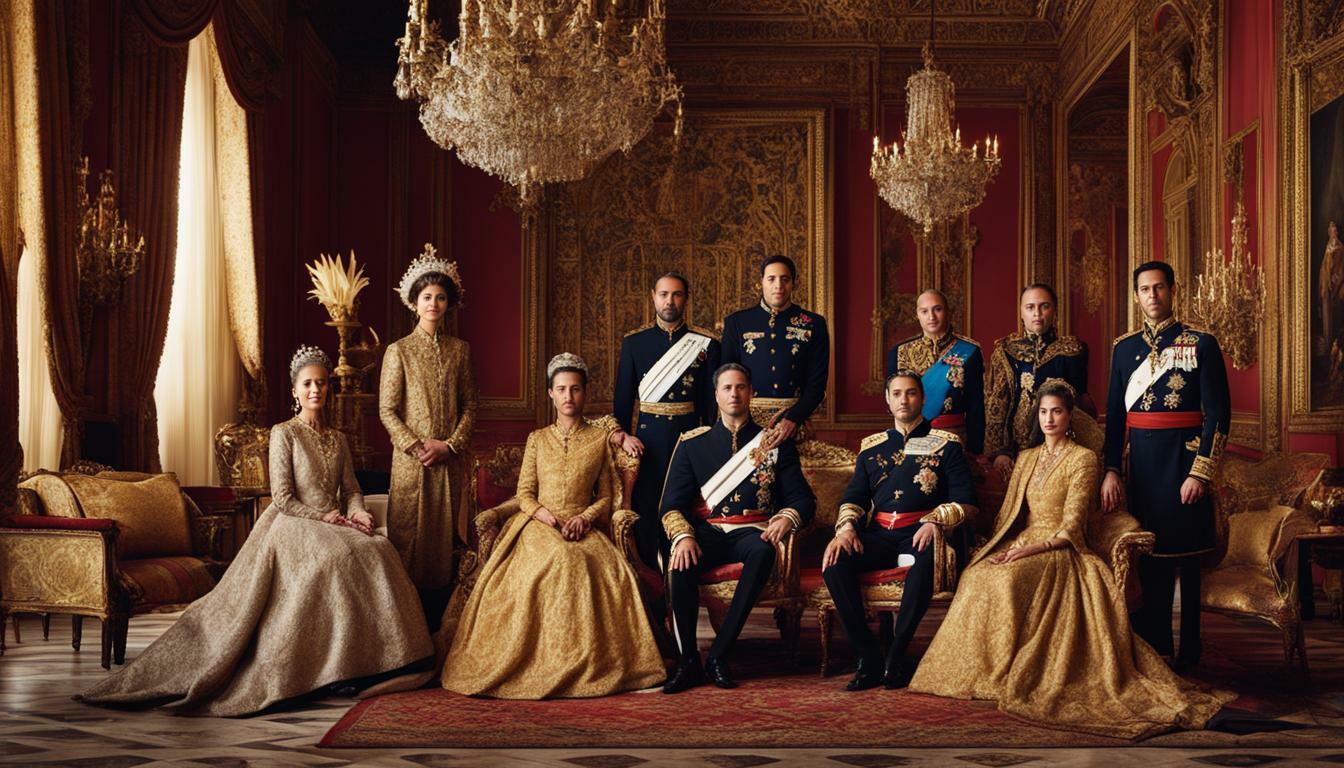khakisofirvington.com – The Spanish royal family, known as the House of Bourbon, has been an integral part of the country’s history for centuries. From political upheavals to cultural patronage, the royal family’s influence has shaped Spain’s trajectory and left an indelible mark on its heritage.
Origins and Early History
The Bourbon dynasty in Spain began with the ascension of Philip V in 1700, following the War of Spanish Succession. As the grandson of France’s Louis XIV, Philip’s reign marked the beginning of a new era, blending French influences with Spanish traditions. His rule brought about significant reforms in administration and military organization, setting the stage for modernization.
The Enlightenment and Cultural Flourishing
During the 18th century, under the reign of Charles III, Spain experienced a period of enlightenment and cultural growth. Charles III, often referred to as the “Enlightened Despot,” focused on improving infrastructure, promoting science, and fostering the arts. His reign saw the establishment of institutions like the Prado Museum and the Royal Botanical Garden, which remain cultural landmarks today.
Turmoil and Restoration
The 19th century was a tumultuous time for the Spanish monarchy. The Peninsular War, followed by political instability and the rise of liberal movements, challenged the royal authority. However, the monarchy was restored with Alfonso XII in 1874, who ushered in a new constitutional framework and a period of relative stability.
The Modern Era
The 20th century brought further challenges and changes. The Spanish Civil War and the subsequent dictatorship of Francisco Franco saw the monarchy abolished, only to be restored in 1975 with King Juan Carlos I. His role in transitioning Spain to a democratic constitutional monarchy is widely celebrated. Under his leadership, Spain embraced democratic reforms and rejoined the European community.
The Royal Family Today
Today, the Spanish royal family is led by King Felipe VI, who ascended the throne in 2014. His reign focuses on modernizing the monarchy, promoting transparency, and strengthening Spain’s position on the global stage. Alongside Queen Letizia, King Felipe VI represents a new generation of royals who are deeply engaged with contemporary issues and the welfare of the Spanish people.
Cultural and Social Influence
Beyond politics, the Spanish royal family has been a patron of the arts, education, and charitable endeavors. Their support for cultural institutions and social causes continues to play a significant role in Spanish society, highlighting the monarchy’s ongoing relevance and commitment to national development.
Conclusion
The rich history of Spain’s royal family is a tapestry of triumphs, challenges, and transformations. From its origins to its present-day role, the monarchy has been a constant presence in Spain’s narrative, adapting to the changing times while preserving a unique cultural legacy. As Spain continues to evolve, the royal family remains a symbol of unity and continuity, bridging the past with the future.
